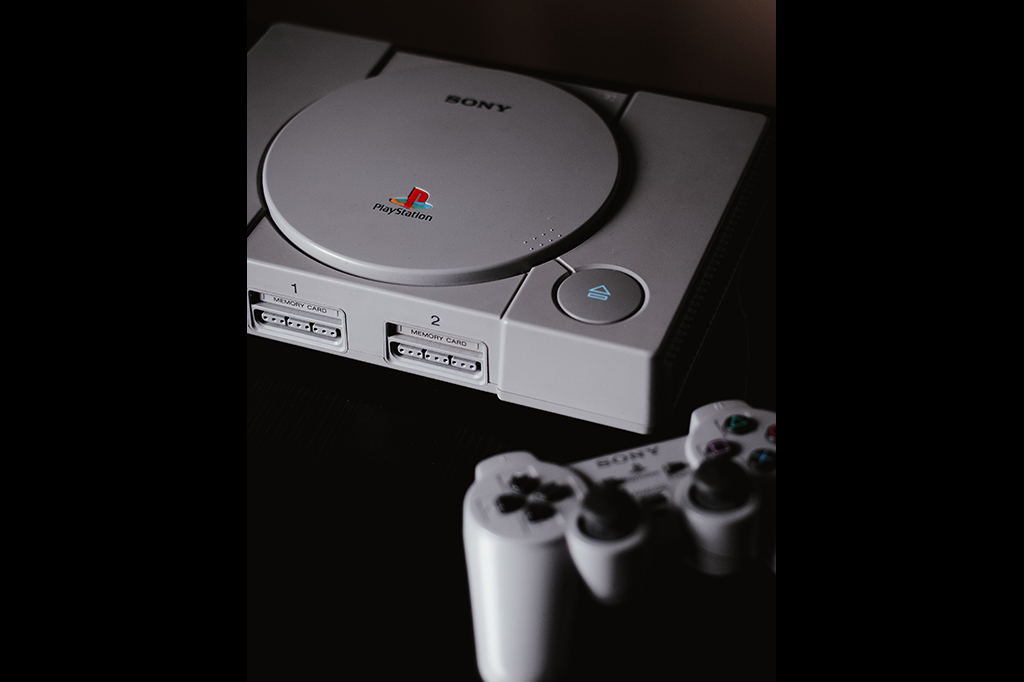The classics boom: The video game sector relaunches its star products from the 1980s and 1990s
UOC professors attribute their success to "an appeal to nostalgia" and a desire to "experience products in their original form"
As with movies or books, there are some video games that will never go out of style. As the saying goes: classics always come back, an adage of which the big players in a sector that represents 0.11% of the Spanish GDP are very well aware. That is why they are now seeking to re-exploit certain star products form the end of the 20th century. Just this week, Sony has launched its PlayStation Classic: a miniature replica of the original console, which includes some 20 original games, such as Final Fantasy and Crash Bandicoot. The brand has jumped on the same bandwagon that Nintendo has been exploiting for a while now. In fact, the creator of Zelda and Donkey Kong released their Super NES Classic Edition in September 2017. The device was a big hit in terms of sales, with 5.28 million units sold in the first six months, resulting in empty shelves and a subsequent rapid restock. In fact, according to NDP[t&s1] data, the “remake” consoles outstripped the sales figures for PS4 and the XBox One.
How can it be that old games that can be considered outdated are so in demand? UOC Faculty of Computer Science, Multimedia and Telecommunications professor Joan Arnedo puts this love for all things retro down to: “Why watch Nosferatu or The Night of the Living Dead in the original black and white version? Why do people like classic car rallies? Isn’t that all water under the bridge? In the end you are buying an experience; one which allows you to relive or experience a product in its original form”. The professor believes another crucial factor is the way in which games have aged, because “the last generation of 16-bit and 2D pixel graphics can work well today”. However, the first 3D games would have been aesthetically outdated, although “that is not a prime consideration when you are playing the original”, says the expert.
Marketing also plays a key role in this phenomenon. “The companies appeal to player nostalgia, encouraging them to buy their favourite games and enjoy them again with an improved experience”, points out UOC Faculty of Economics and Business professor Neus Soler. The expert believes that, “It’s the players themselves who are asking for them, because they want to play games they are already familiar with”. For companies it means reissuing a product, which significantly reduces costs, as they are able to reuse parts of the original product. Sociologist and UOC professor Francesc Núñez agrees with this analysis, adding: “It’s easy to lock on to something that has left a positive psychological footprint. We want to revisit moments of fun and pleasure that we experienced in the past”.
This “retro” drive from the industry’s heavy hitters goes beyond consoles, with the big brands also revamping classic video games for use in current devices, in some cases by improving them graphically. One of the most successful examples of this is the reissue of the historic game The Legend of Zelda: Ocarina of Time for the Nintendo 3DS. The Nintendo 64 video game retains its original storyline and virtual spaces but provides substantial improvements in terms of graphics. It proved a huge success: remaining at the top of the charts as one of the most requested games for 300 weeks, with, according to gamer website Hobbyconsolas.com, more than 4.5 million cartridges sold as of March 2017. “It has been totally enhanced so that the product meets current technical quality levels. The only aspect that remains is the essence of the design so that it appeals to a player’s memory of the game”, explains Soler.
Young people are also being encouraged to ride this retro wave that the video game market is experiencing. “Young people are rediscovering games without much thought about whether or not they are outdated: they play for the first time and have similar feelings to players who played them 20 years before”, says Núñez. The older generation’s nostalgia for the past can also influence the younger generation. “Who among us hasn’t thought of giving a game of Ludo or some cards as a gift? We like our children to have these games. There is the mechanism of sharing and transferring the things that have been significant for us to them”, he explains.
A phenomenon that goes way back
The consumption and reissue of new games is one that has been latently bubbling away long before the big brands capitalised on it. “They have been around for a while in digital download format for current devices, such as the Wii or the 3DS, although with a fairly small catalogue”, explains Arnedo. Companies were able to continue to gain economic benefits from a product that they had already stored away in a forgotten drawer. However, the boom that this phenomenon is undergoing has caused prices to rocket to match those of modern video games: “It's like when you have vinyl stored away in the attic and suddenly everyone starts to buy it again”, he said.
Aside from the industry focus, gamers have also set up online communities with the aim of keeping the spirit of the devices of the 1980s and 1990s alive. The OXiAB Game Studio, for example, is dedicated to the development of new games for old platforms. UOC course instructor Rafael Pérez is one of its members and has designed various products for MSX computers, the star being his video game Bitlogic. As explained by his UOC colleague Joan Arnedo: “It's a movement related to hacking, in the positive sense of the word; to tinker, to invent and to be creative, to overcome complex restrictions. In short, it’s craftsmanship”.
Experts UOC
Press contact
-
Editorial department
